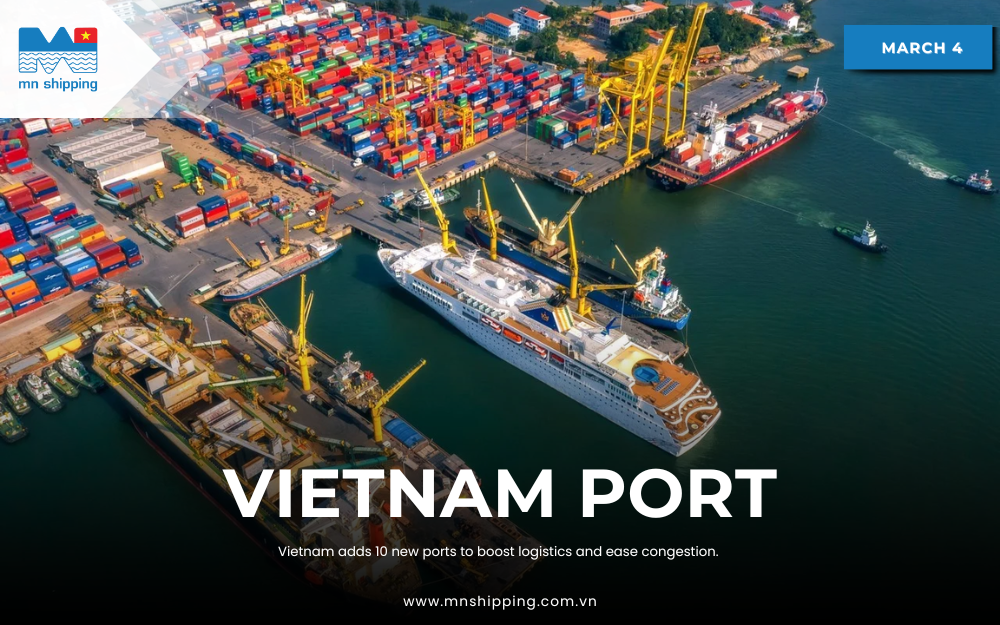Southeast Asia is emerging as one of the world’s new logistics hubs, playing a significant role in the global supply chain. With the continuous growth of international trade and the rise of e-commerce, the demand for modern logistics infrastructure has become more critical than ever. Countries such as Singapore, Thailand, and Vietnam have invested heavily in ports, airports, and logistics technology to strengthen their positions in the industry.
This article explores the role of Southeast Asian logistics centers, their achievements, and future prospects.
Singapore: The Region’s Leading Logistics Hub
Singapore has long affirmed its position as a leading logistics center in Southeast Asia. With its strategic geographic location along crucial global maritime routes, Singapore has developed an advanced logistics infrastructure, including world-class ports and airports. According to the 2023 Xinhua-Baltic International Transport Development Report, Singapore’s ports rank highly for connectivity and operational efficiency, making them a vital distribution hub for regional and global markets.
Changi Airport is not only one of the most modern airports in the world, but it is also a major cargo hub, supporting the sharp rise in freight demand from e-commerce. Many large logistics companies, including DHL, FedEx, and UPS, have chosen Singapore as a base for their regional logistics centers due to its technological advantages, infrastructure, and support services.
Singapore is not just a transit point but a hub where goods are distributed, stored, and processed before reaching consumers. We are committed to continuously upgrading our infrastructure and promoting innovation to meet the market’s growing needs. This reflects Singapore’s long-term strategy to maintain its lead in the logistics sector.

Thailand: Striving to Become a Regional Logistics Center
Thailand also aims to become a significant logistics hub in Southeast Asia. The Thai government has implemented strategic measures to develop its logistics infrastructure, including ports, railways, and domestic transportation networks. One of its major projects is the expansion of Laem Chabang Port—the largest port in Thailand. With enhanced cargo handling and storage capacity, Laem Chabang is expected to attract foreign investors and major logistics corporations in the future.
Thailand also focuses on developing industrial zones and modern distribution centers, particularly in the Eastern Economic Corridor (EEC). This key area offers special incentives that attract investment in logistics and supporting industries. In addition, rail links connecting Thailand to Cambodia, Laos, and Malaysia are being strengthened to expand freight transportation capacity within and beyond Southeast Asia.
Former Prime Minister Prayut Chan-o-cha emphasized the importance of logistics in Thailand’s economic development strategy: “Thailand will continue investing in logistics infrastructure not only to meet current demand but to stay ahead of modern logistics trends, enhancing Thailand’s competitiveness on the international stage.”
Vietnam: Potential and Challenges in Logistics Development
Vietnam, with rapid economic growth and the significant rise of e-commerce, has become one of the most attractive logistics destinations in Southeast Asia. According to the 2024 Vietnam Logistics and Supply Chain Market Report, Vietnam is seen as one of the region’s top potential logistics markets, particularly due to its favorable geographic position, competitive labor costs, and large consumer market.
In 2024, Vietnam initiated construction on the Can Gio seaport project in Ho Chi Minh City, with a total investment of $5.5 billion. This project is expected to position Vietnam as an important logistics hub, enhancing its international freight capacity and competing with other major regional ports like Singapore and Malaysia. Other projects, such as the North-South Expressway, Long Thanh International Airport, and Phuoc An Bridge, are also underway to strengthen connectivity and reduce shipping times.
Despite these advancements, Vietnam faces several challenges. Infrastructure is still incomplete, customs procedures are complex, and the workforce has yet to fully meet the demands of the growing logistics industry. Many experts suggest that Vietnam has enormous potential in logistics, but to realize it, continued improvements in infrastructure, streamlined customs processes, and high-quality workforce training are essential. Investment in technology will be key to enhancing efficiency and reducing costs.
Investment and Infrastructure: Keys to Development
To become modern logistics hubs, Southeast Asian countries are investing heavily in infrastructure. New port and airport projects are being implemented to strengthen connectivity and improve freight efficiency. For example, Vietnam’s Phuoc An Bridge, stretching over 4.3 kilometers with nearly $205 million in investment, will feature Southeast Asia’s largest main span when completed and is expected to play a crucial role in connecting the Southern Key Economic Region.
Furthermore, countries in the region are increasingly focused on applying technology and automation in supply chain management. Smart warehouse management systems, autonomous vehicles, and blockchain technology are being applied to increase efficiency, reduce errors, and optimize operations. This not only saves costs but also strengthens the competitiveness of Southeast Asian logistics hubs in the international market.

Economic Benefits and Future Prospects
The development of modern logistics hubs in Southeast Asia brings numerous economic benefits, including attracting foreign investment, creating jobs, and driving economic growth. According to the Asian Development Bank (ADB), Southeast Asia will continue to see high growth rates in logistics, thanks to ongoing infrastructure improvements and new technology applications. Southeast Asian logistics companies are increasing their market share internationally, and demand for transport and warehousing is expected to continue growing strongly.
With ongoing investment in infrastructure and better management processes, Southeast Asia is positioned to become a significant logistics hub on the world map, making a positive contribution to the global supply chain.
Although Southeast Asian countries have achieved many successes, further investment and infrastructure expansion are essential to meet the increasing market demand. Regional cooperation, experience-sharing, and adopting new technologies will be key to enhancing competitiveness and ensuring sustainable growth in this field. Only then can Southeast Asia solidify its position as a modern, efficient logistics hub worldwide, playing an essential role in the global supply chain.
Source: VLR








